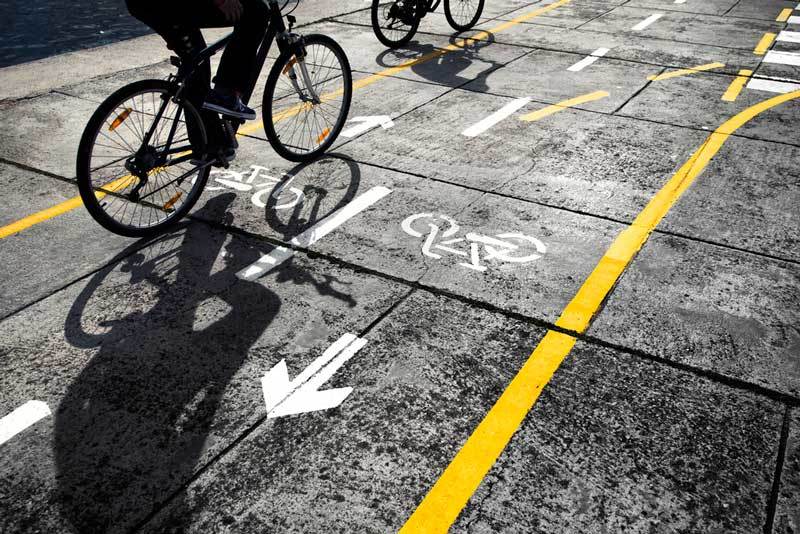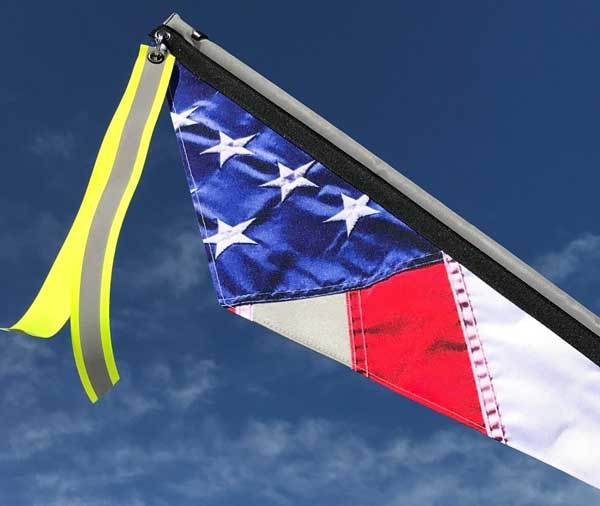
Adult Tricycle safety tips to Make Your Riding Smoother
Adult tricycles have soared in popularity since they make it easy for older people and those with joint and muscle issues to keep riding. Plus, with two wheels on the back, there are none of the same worries about falling over as for a traditional bicycle.
However, that doesn’t mean safety isn’t still a concern when riding an adult trike. There are still other cars, bicycles, and tricycles on the road that you need to worry about, as well as road hazards that can be hard to spot from a distance.
In this article, we’ll offer some tips that can help you stay safe whenever riding your adult tricycle.
Check Your Tricycle
Safety starts before you even hop onto your tricycle. It’s important to make sure that everything is working as you expect on your bike so that there are no mechanical surprises once you’re out on the road. This includes checking the tire pressure to ensure that the tires are fully inflated and not prone to blow-outs mid-ride.
You’ll also want to squeeze the brake levers to ensure that applying a moderate amount of pressure – not too much and not too little – is enough to slow and stop the wheels. This is also an excellent time to perform routine maintenance, such as adding lubricant to the chain and checking to make sure that all of the exterior bolts are fastened securely.
Pro Tip:
Normally, you’ll want to inflate your tires to the maximum pressure listed on the side of the tire. When riding in wet conditions or on gravelly, bumpy roads, However, let out about 10-15 psi of pressure for a smoother ride and less chance of flatting.
Make Yourself Visible
Tricycles are much lower to the ground than traditional bicycles, which can make them somewhat harder for motorists to see. The solution that most tricyclists opt for is to add a bright flag to the rear of their tricycle that sticks up several feet into the air.

The flag should ideally reflect light to catch headlights in dusk and dawn conditions, but can also be customized to suit your style. If you are riding at night or in the rain, be sure to add bright front and rear lights to your tricycle just as you would on a traditional bike. Also consider putting a rear light on your helmet, since this will be one of the highest points on your body and bike and may be easier for drivers to see.
Understand the Rules of the Road
Use Hand Signals
Another important part of being a tricycle on the road, in cooperation with other cyclists and vehicles, is to use hand signals to indicate your intentions.
Although hand signals are open to some interpretation, most cyclists agree on a basic set of signals that indicate that you will be turning or stopping, or that there is a hazard on the road ahead. Using these signals can indicate to cyclists behind you that they too need to slow down, or for example, can indicate your intentions to cars at a busy intersection so that they give you the right of way.
Turn Carefully
Although tricycles have a lower center of gravity and a wide wheelbase compared to bicycles, that doesn’t mean you can rip around turns without care.
Tricycles can be harder for people who are used to bicycling to turn safely since leaning your body into the turn, as you would on a bike, can result in a tricycle spilling over. The key thing to remember when turning on a tricycle is that all three wheels need to remain firmly in contact with the ground to maintain balance. This means that you should keep your weight low and centered over the tricycle, and slow down into banked turns that threaten to tip you onto one or two wheels.
Watch Out for Road Hazards
The wider wheelbase on the rear of tricycles makes road hazards potentially even more dangerous than when you’re riding on a bicycle.

This is because swift movements of the handlebars on a bicycle will work to make a small turn around an obstacle, whereas on a tricycle your rear wheels will still hit the obstacle even if your front wheel swerves around it.
There is no best method for avoiding obstacles on a tricycle – be aware of the fact that you have three wheel paths, all of which need to avoid road hazards to stay safe, Instead of just one wheel path as on a bicycle.
Leave Plenty of Braking Distance
Bicycles and tricycles are similar in the stopping distance that they require when slowing smoothly – in fact, tricycles on average require slightly less stopping distance.
However, tricycles are also not as good as bicycles at stopping quickly – like when something unexpected happens in front of you – since there is no front brake as on a bicycle. That means that you should always leave plenty of distance between you and cars, bicycles, or other tricycles in front of you, so you have time to react and slow down safely.
Give Space Generously When Passing
Especially for riders who are new to tricycles, the width of these cycles can take some getting used to. They are significantly wider than bicycles and often even wider than motorcycles, taking up the entire shoulder on roads with bike lanes and protruding well into the lane on roads with narrow shoulders.
To account for this extra width, be sure to give plenty of space whenever passing cars, bicycles, or other tricycles. Often, this will mean taking the full lane briefly, so be sure to use your hand signals and ensure that no cars are accelerating from behind before passing.
Adult tricycles can be an enjoyable way to motor around town that’s easy on the joints and muscles compared to a traditional bicycle. However, adult tricycles are very different from bicycles in some aspects, whether it's electric tricycle or general trike.
Such as their width and braking, so there are some safety considerations that come with tricycling along with general road safety concerns. Understanding what safety hazards to watch out for and practicing safe riding can make the experience more enjoyable for you and everyone else on the road.

